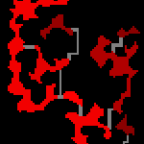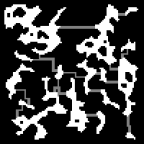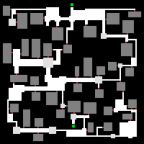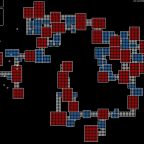
Rarely will an algorithm produce a perfect procedurally generated map, and even if it does, some degree of post-processing will still be necessary to analyze the layout. When we look at a map produced by a generator, we can determine pretty quickly whether or not the layout is sufficient for our purposes; we can also […]




